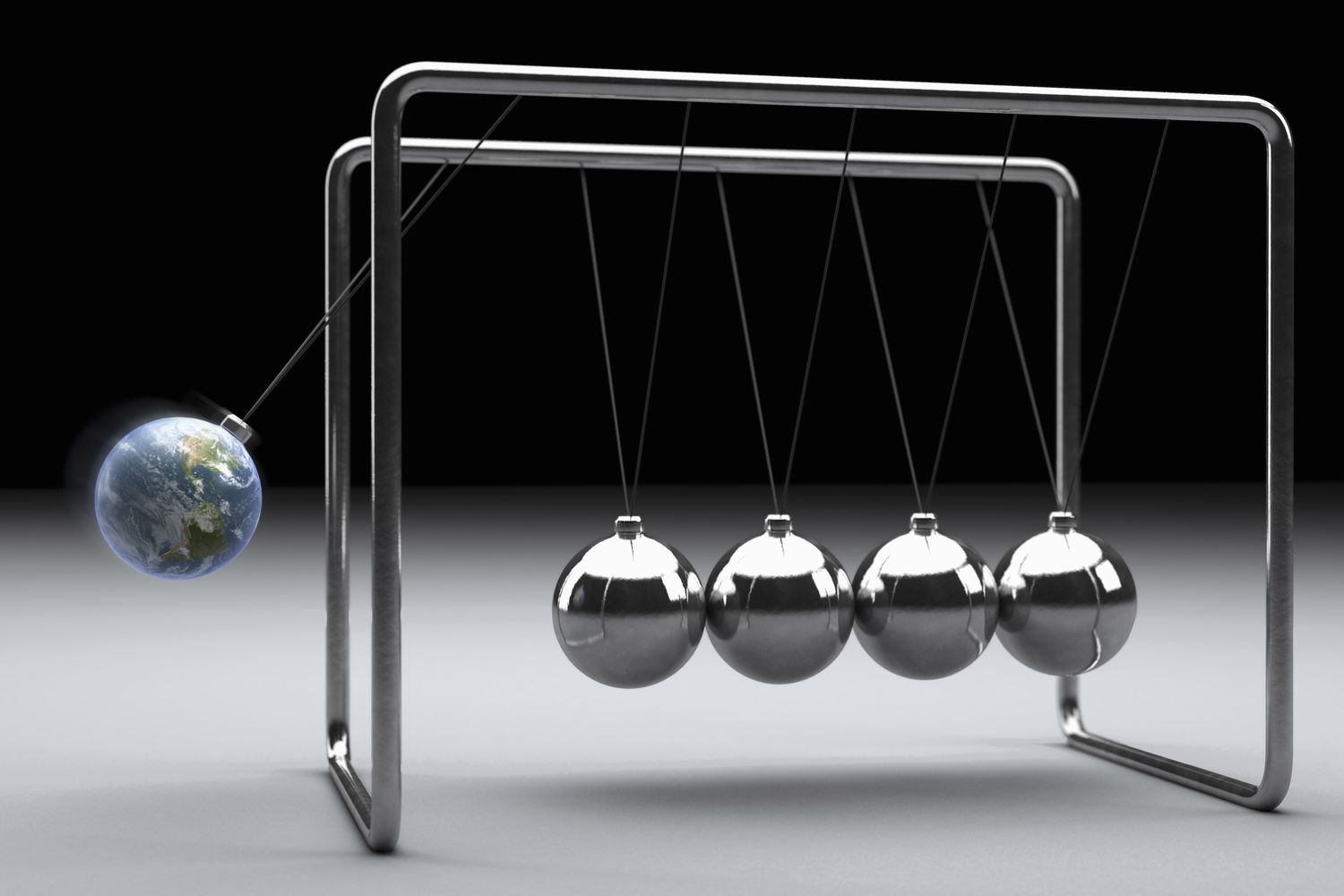Push, Pull, Fall, Fly: Understanding Forces and Motion

Understanding forces and motion means understanding how the world works
The Dive
Every time you toss a ball, trip over your shoelace, or ride your bike, you’re doing physics—even if you don’t realize it. That’s because motion, and the forces that cause it, are everywhere. Motion is just an object changing position over time. But motion doesn’t happen on its own. Something has to start it, stop it, or change its direction. That something? It’s called a force.
A force is a push or a pull—simple as that. But behind that simplicity is a universe of action. Gravity is the most familiar force—it pulls everything with mass toward everything else with mass. That’s why your pencil falls to the floor, and why the moon orbits Earth instead of flying off into space. And it’s why you feel the Earth under your feet every second of every day.
Sir Isaac Newton, the 17th-century science legend, saw that same apple fall from a tree and thought, ‘Why?’ His answer became three laws of motion. The first says that objects like to keep doing what they’re already doing. If something’s moving, it keeps moving—unless a force stops it. If it’s not moving, it stays still—unless a force starts it. We call that property inertia.
Newton’s second law connects force, mass, and acceleration. It explains why it’s harder to push a truck than a tricycle. The more mass something has, the more force it takes to change its motion. And the third law? That’s the famous one: For every action, there’s an equal and opposite reaction. Push on a wall, and it pushes back. Fire a rocket, and the force blasts it skyward while the engine pushes down.
But gravity and inertia aren’t the only forces in play. Friction is what slows you down when you slide across a floor. Air resistance makes a feather drift slowly while a rock drops like a shot. Tension stretches ropes. Springs store energy. Magnetic forces make compass needles spin and fridge magnets stick. Forces are everywhere—seen and unseen, tiny and massive.
Here’s where things get really interesting. Forces don’t just act on big machines or planets—they act on you. Your muscles apply force when you pick up a book. The chair you’re sitting on pushes up with a normal force to keep you from falling through the floor. Drop a slinky, and gravity pulls it down while tension zips through its coils like a springy domino chain.
Every force causes a reaction. Every reaction tells a story. And when you learn to observe that story—whether it’s a bouncing ball, a rollercoaster dive, or a lunar orbit—you begin to see the world as a giant, interconnected dance of motion. Studying forces and motion helps you understand more than science. It helps you understand the nature of change itself.
Why It Matters
Motion powers the planet—from the orbit of the moon to the fall of a basketball. Learning how forces work gives us the power to understand the world and reshape it. Whether you’re designing a bridge, launching a spacecraft, or simply jumping on a trampoline, forces and motion are at the heart of every action. And the more you observe, the more you’ll notice: nothing moves without a reason.
?
What would happen if Earth had no gravity?
How does friction help or hurt motion in everyday life?
What examples of Newton’s third law can you find around your house?
Why does the moon orbit Earth instead of crashing into it?
How do engineers use knowledge of forces when building machines or roller coasters?
How do different surfaces affect how far a ball rolls?
What’s the difference between mass and weight?
Why is it easier to keep something moving than to start moving it?
Dig Deeper
Crash Course dives into Newton's three laws of motion with real-world examples and clever visuals.
Related

What Is Buoyancy?
Why do ships float, submarines dive, and balloons rise? It all comes down to buoyancy—the force that pushes up.

Powering the Future: Energy and Renewable Solutions
From sunbeams to spinning turbines, renewable energy is shaping our planet’s future. Learn how energy works, where it comes from, and how engineers are helping build a cleaner, brighter tomorrow.

Climate Science: How Our Planet Keeps Its Cool… and Why It’s Getting Hotter
Climate science helps us understand how the planet stays warm, why it's getting warmer, and what we can do about it.
Further Reading
Stay curious!
